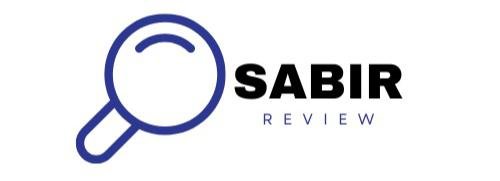
Introduction
- Definition of Project-Based Learning (PBL)
- Importance of real-world challenges in education
- Overview of how PBL fosters collaboration and engagement among students
Section 1: Understanding Project-Based Learning
- Historical context and evolution of PBL in education
- Key principles of PBL: inquiry-based, student-driven, and interdisciplinary
- Differences between traditional teaching methods and PBL
Section 2: Benefits of Project-Based Learning
- Enhances critical thinking and problem-solving skills
- Promotes student engagement and motivation
- Develops collaboration and communication skills
- Prepares students for real-world challenges and career readiness
Section 3: Designing Effective PBL Experiences
- Identifying relevant and meaningful real-world problems
- Structuring projects: timelines, milestones, and deliverables
- Incorporating multiple subjects and skills (STEAM approach)
- Ensuring student choice and voice in project development
Section 4: Implementing PBL in the Classroom
- Steps for launching a PBL unit: planning, execution, and assessment
- The role of the teacher as a facilitator and guide
- Strategies for managing group dynamics and ensuring participation
- Utilizing technology and resources to support PBL
Section 5: Assessment in Project-Based Learning
- Developing rubrics for evaluating projects
- Balancing formative and summative assessments in PBL
- Encouraging self-assessment and peer feedback
- Showcasing student work and reflecting on learning outcomes
Section 6: Overcoming Challenges in PBL
- Common challenges teachers face when implementing PBL
- Strategies for addressing obstacles (e.g., time management, resource allocation)
- Real-life examples of successful PBL implementation
Section 7: Case Studies and Success Stories
- Highlighting successful PBL projects from various educational settings
- Testimonials from teachers and students about their experiences
- Lessons learned and best practices derived from these examples
Section 8: The Future of Project-Based Learning
- Trends in education that support PBL (e.g., personalized learning, competency-based education)
- The role of PBL in fostering creativity and innovation
- Encouraging a culture of collaboration and critical thinking in the classroom
Conclusion
Project-Based Learning (PBL) represents a powerful educational approach that transforms the traditional classroom experience into an engaging and dynamic learning environment. By focusing on real-world challenges, PBL not only captivates students’ interests but also equips them with essential skills such as critical thinking, collaboration, and problem-solving.
Throughout this exploration, we’ve seen how PBL fosters deeper connections between students and their learning by encouraging them to take ownership of their projects. When students are given the opportunity to investigate meaningful problems, they become more motivated and invested in their education, leading to enhanced retention and understanding of the material.
The benefits of implementing PBL are manifold: it promotes interdisciplinary learning, encourages creativity, and prepares students for the complexities of the modern world. As educators, we have the responsibility to create learning experiences that not only impart knowledge but also inspire students to become active participants in their education.
However, transitioning to a project-based framework may present challenges. By embracing flexibility, maintaining open communication, and fostering a collaborative classroom culture, educators can effectively implement PBL and navigate any obstacles that arise.
As we move forward in education, it is vital to embrace innovative teaching strategies like Project-Based Learning. Let us commit to creating classrooms that nurture curiosity, creativity, and critical thinking, ultimately preparing our students for success in both their academic and professional futures. Together, we can make learning a transformative journey that extends beyond the classroom and into the world.
